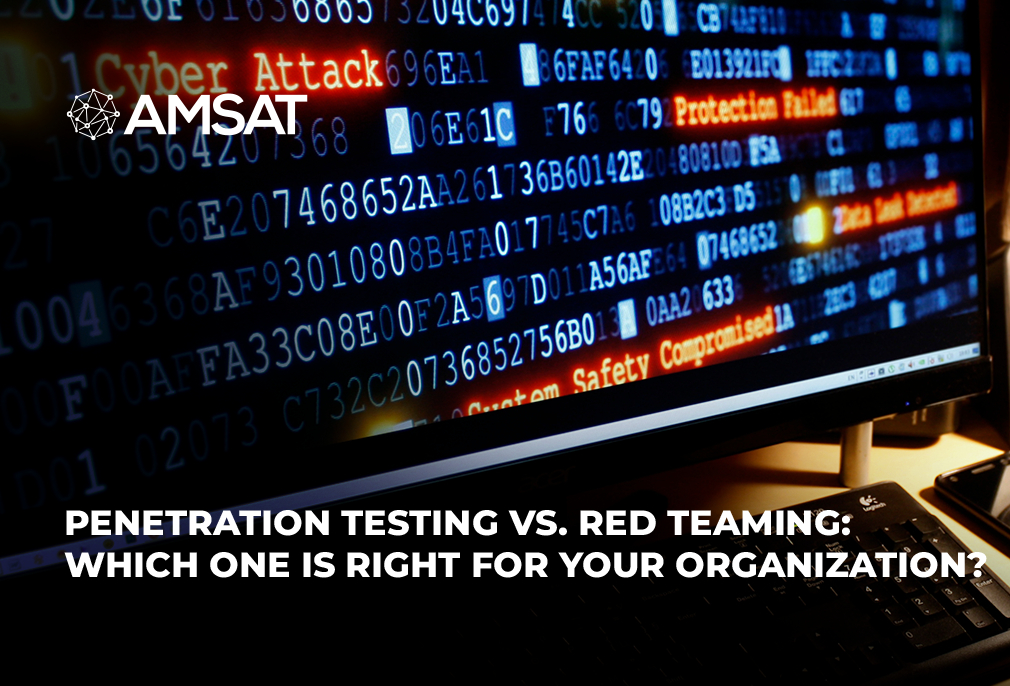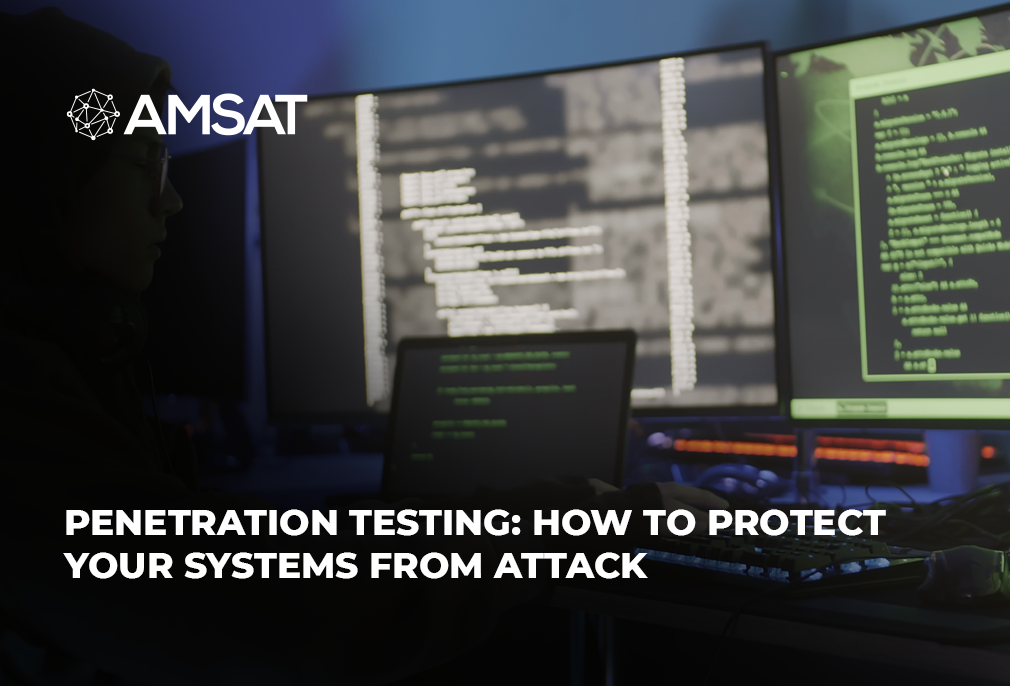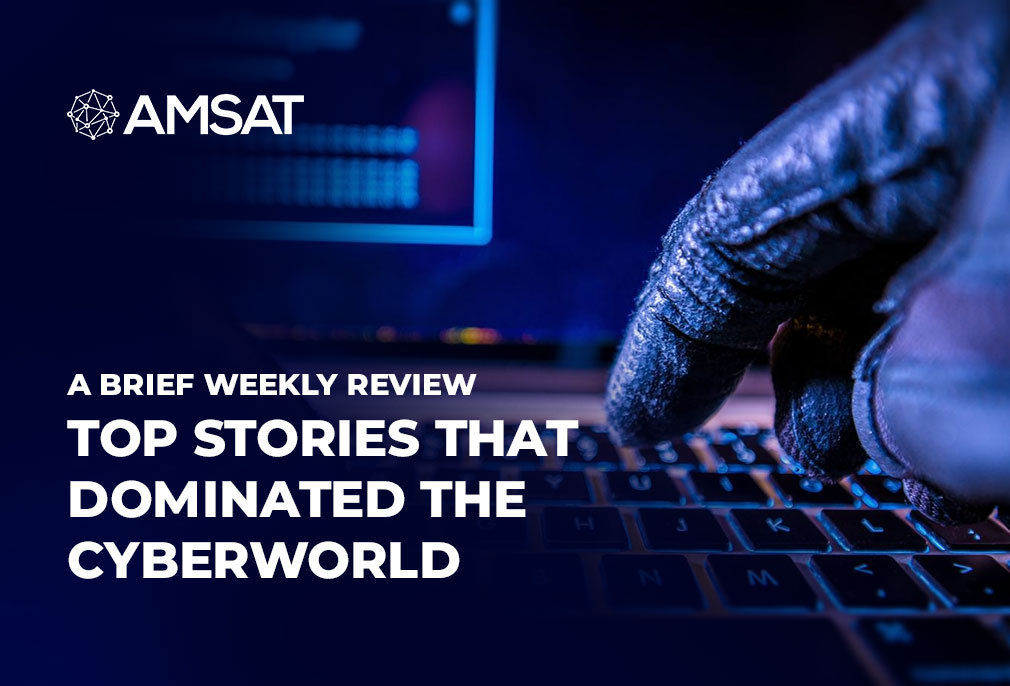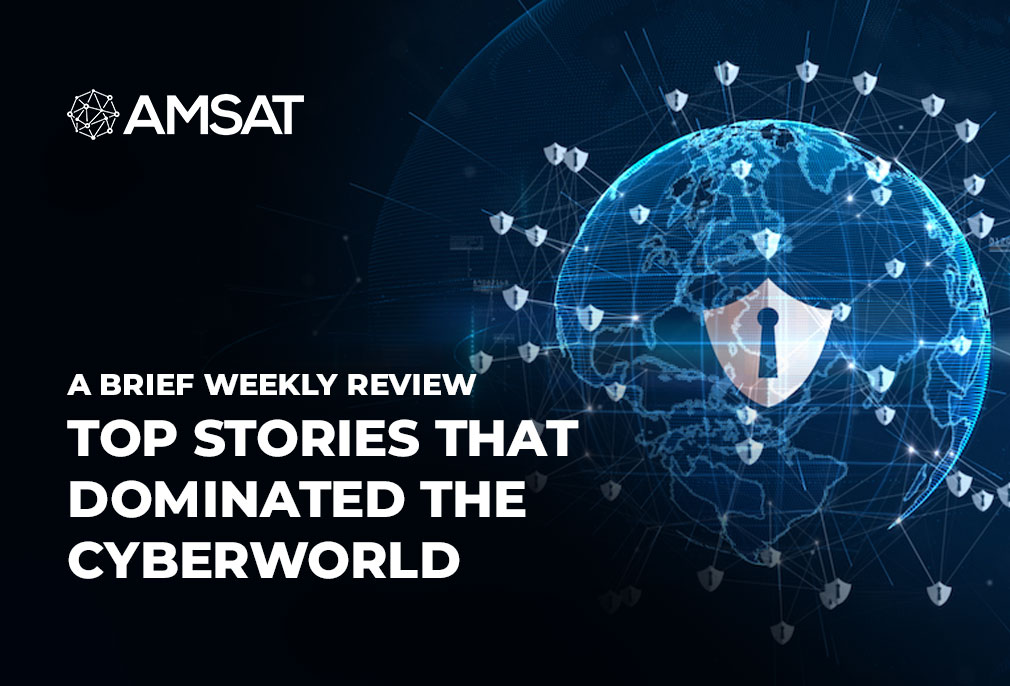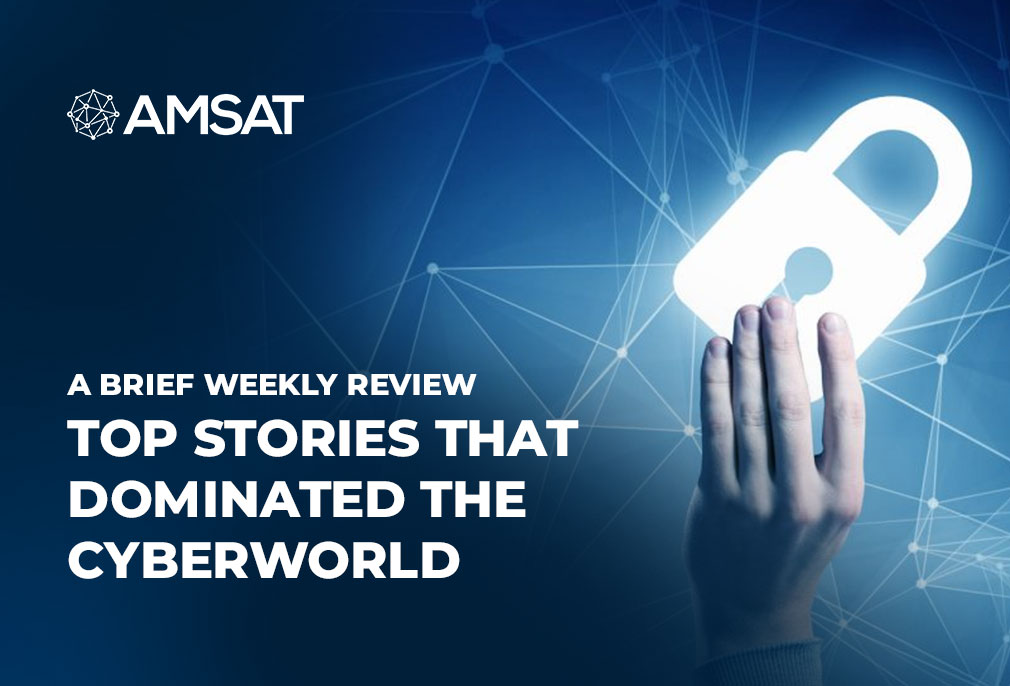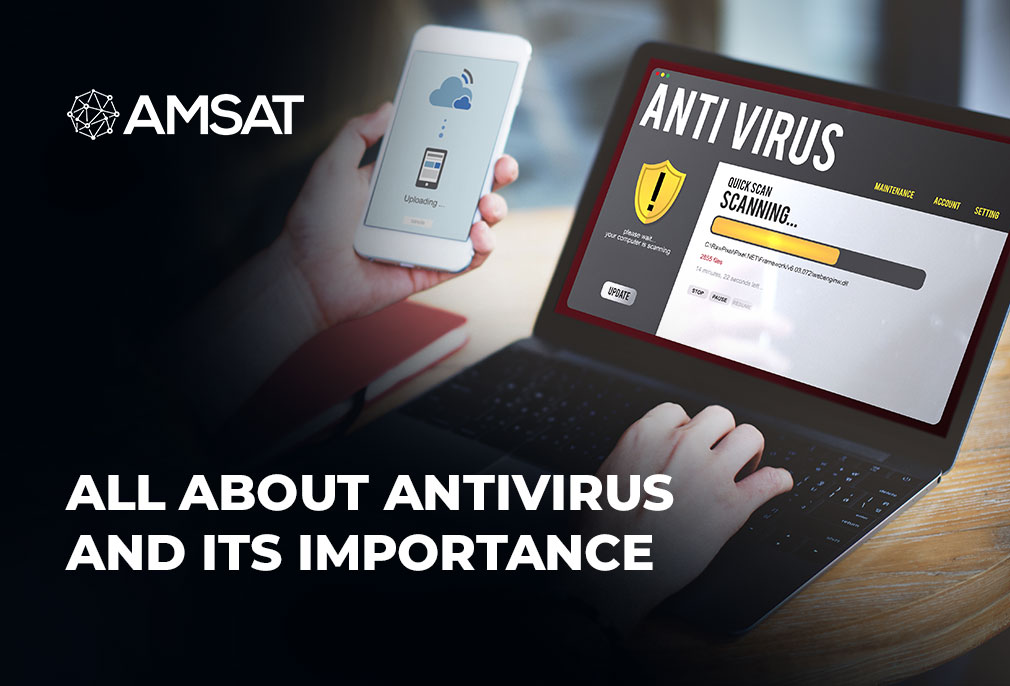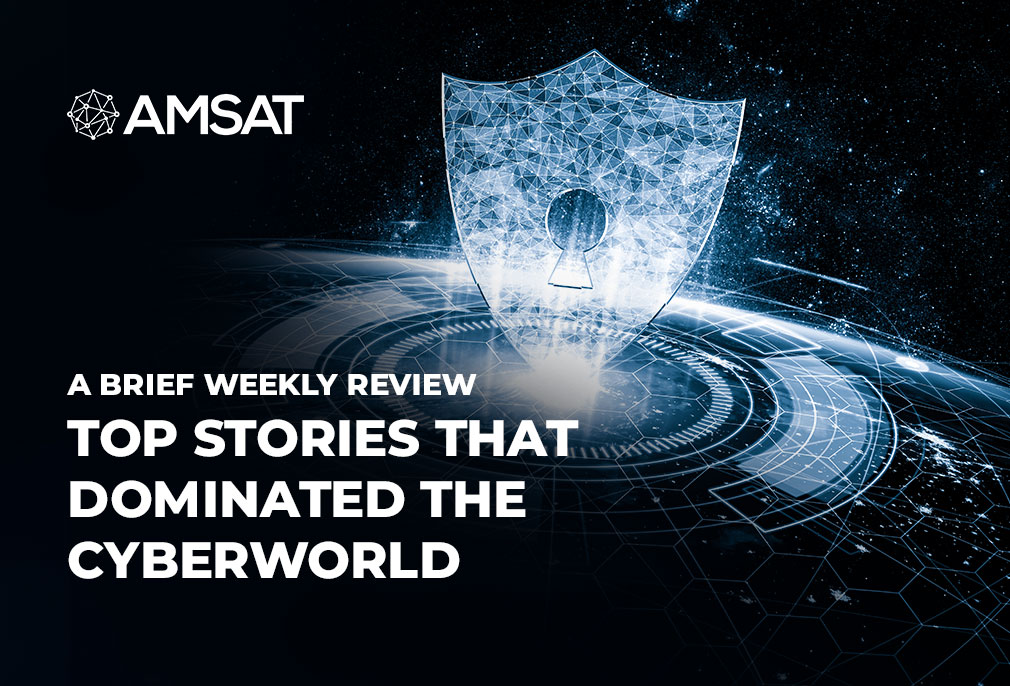What is Endpoint Security?
Endpoint security is a procedure of protecting the corporate network when accessed through laptops or other wireless and movable devices. With the spread of mobile devices like laptops, smartphones, tablets, notebooks etc., a huge surge in the number of devices being lost or stolen has been noticed. These incidences possibly translate as enormous loss of important data for companies which allow their staffs to bring in these mobile devices into their enterprise. Endpoint security is projected to protect each endpoint on the network these devices create.
Why You Need Antivirus Software
Next-generation antivirus software helps organizations spot, respond to and thwart all kinds of cyberattack strategies, methods and procedures. Antivirus software will always be needed for as long as computers have been and will be around, regardless of their connectivity to the Internet. There will never be a time when people, whether unscrupulous youths seeking an adventure or a hardened cyberthieves seeking to abuse large corporations, will no longer find ways to commit scam and cause extensive damage.
Antivirus software is a significant tool to help frustrate such attacks. While it’s hard to foil every type of cyberattack with antivirus software, it can be a great strength when trying to prevent intrusion into a computer. Although not every disruption into a computer is meant to cause damage or steal key information, that doesn’t mean that the attack isn’t risky. Once even the most innocuous of an interruption exploits a flaw, it basically sends a signal to others that this computer has been intruded.
When looking to buy antivirus software, ensure to purchase a reliable and renowned, subscription-based program. This is significant, as the creators of this type of software will be able to keep their subscribers’ computers protected with real-time updates that watch out the latest threats.
What Antivirus Software Can Protect Against
As the name indicates, antivirus safety is not just a way to block computer viruses. Some individuals believe that all disruptions into a computer are called viruses, but that is a contradiction. For example, here is a list of the ways a good antivirus program can help defend a computer with data on it:
Antivirus – Beginning with the obvious, an AP will protect against computer viruses, or attacks that mean to harm a computer.
Rootkit protection – This prevents rootkits, which are entrenched deep inside a computer in order to disguise other malware, from setting up in a computer.
Bot protection – A subscriber is warned when a hacker is trying to remotely take over a computer to use as a source for automatic spamming and other wrongdoings.
Worm safety – Typically, networks are attacked by worms rather than computers themselves. Nevertheless, worms can carry payloads of malware that can be placed onto computers, which will be damaging. Antivirus software can prevent this kind of attack.
Trojan horses – Antivirus software is unable to halt an individual from being fooled into believing that a wanted downloaded program or file is genuine. Nevertheless, antivirus software can caution them when malware is diagnosed within a Trojan horse file.
Spyware – Antivirus software is capable of detecting when spyware has infected a computer even when the source turned out to be trustworthy and authentic. It is worth noting that antivirus software is not just for computer that is attacked from the Internet; viruses can be spread through portable storage drives.
How Antivirus Works
This software scans the file equating precise bits of code against information in its database and if it discovers a pattern replicating one in the database, it is regarded as a virus, and it will isolate or erase that specific file.
How to do away with malware?
• Signature-based detection
• Heuristic-based detection
• Behavioral-based detection
• Sandbox detection
• Data mining techniques
Signature-based detection – This is most common antivirus software that checks all the .EXE files and authenticates it with the recognized list of viruses and other types of malware. Files, programs and applications are essentially skimmed when they are being used. Once an executable file is downloaded, it is scanned for any malware promptly.
Heuristic-based detection – This type of uncovering is most usually used alongside signature-based detection. Heuristic technology is used in most of the antivirus programs, which helps the antivirus software to perceive new or a modified or an altered version of malware.
Behavioral-based detection – Used in Intrusion Detection mechanism, behavioral-based detection focusses more on detecting the features of the malware during implementation. This mechanism senses malware only while the malware executes malware actions.
Sandbox detection – It works most possibly to that of behavioral-based detection technique, executing any applications in the virtual setting to track what kind of actions it conducts. Confirming the actions of the program that are logged in, the antivirus software can recognize whether or not the program is malicious.
Data mining methods – Data mining is one of the up-to-date trends in detecting a malware. With a set of program features, data mining helps find if the program is malicious or not.
Conclusion
Next-generation firewalls play a critical role in cybersecurity architectures the all over the globe. Antivirus software works by recognizing parallel designs from its database, or using equipment to help forecast when an attack will happen—and halting it before it does. It exploits a multi-dimensional technique, because viruses can adjust, convert, and get stronger over time. Therefore, your risk of exposure doesn’t reduce over time, but only surges dramatically.
The software isn’t always foolproof, however. There are numerous malicious programs that disguise as something that will help you in order to actually damage you. That’s why it’s absolutely important to only use the best antivirus software on the market. Using mediocre software to save a few bucks is counterproductive. The best form of protection is to prevent it from happening in the first place. The internet has offered several ways for virus attacks and thousands of threats do exist. To be secure from these, it is important to monitor the computer and protect at all times. The significance of antivirus software cannot be taken for granted.


